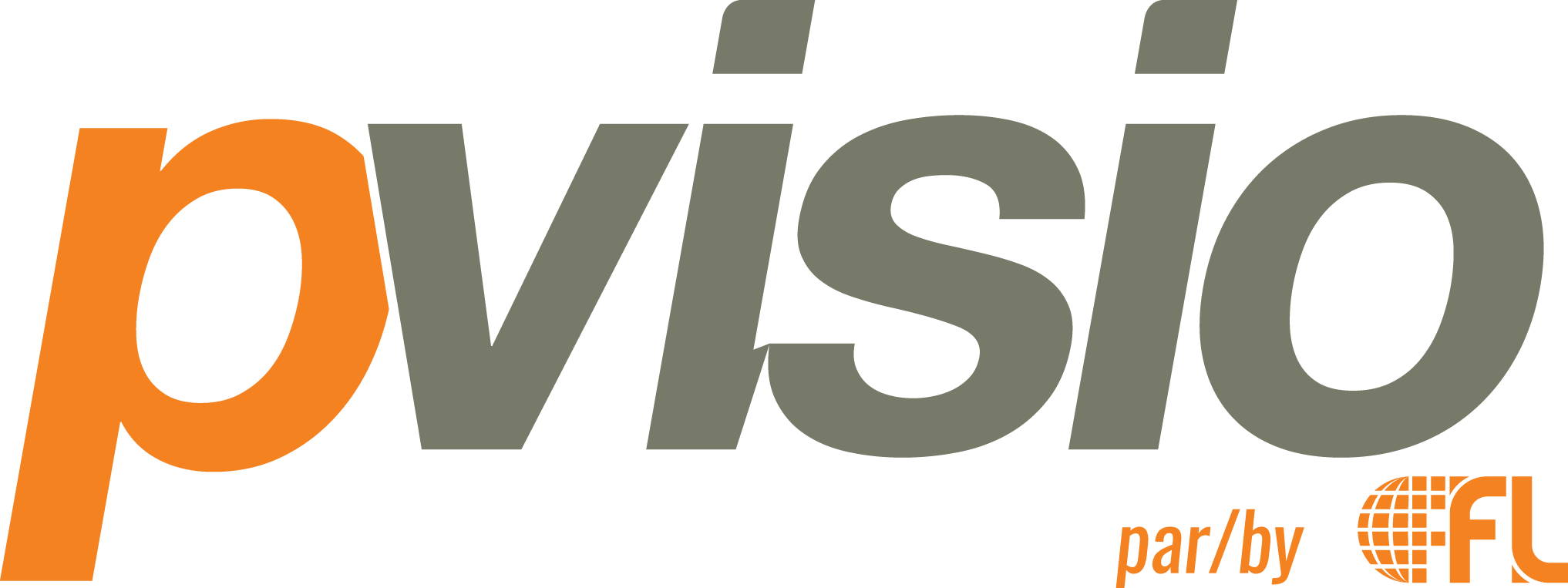No matter how fantastic your work environment, innovative your HR programs and how delightful your management team, chances are the day you stop paying your employees most, if not all, will leave. While by far not the only factor that makes an employee join your organization and stay there, ensuring people are paid fairly is without a doubt a strong factor in ensuring that your top performers will be with you for the long haul.
While you may not need a complex compensation system, other options are available to you which can help formalize and structure your compensation practices to ensure you’re getting a good bang for your buck.
Compensation management can seem like a complex and difficult subject to address. No matter the size of your organization, this is a delicate subject, but a super important one in the eyes of your employees.
What are the advantages?
There are many advantages to managing compensation. The main one is the positive impact it can have on attraction and retention of staff. Did you know that compensation and base salary are the main factors of attraction from an employee’s point of view1? A clear compensation policy can help set you apart from the competition, clarify staff expectations and can also provide guidance to managers.
What is your objective?
First you must decide what you want to achieve through compensation management, which will typically be a reflection of your company’s strategy, culture and values. Do you want to offer competitive salaries to attract and retain top talent or are you comfortable paying less than the market? What does your company value the most: seniority or performance? You have to determine what is important to you.
What should be communicated to staff?
While most companies don’t divulge specific salaries, or even salary ranges, some transparency is definitely recommended when it comes to the process. It is important that employees be aware of the company’s compensation policy and what this program includes, such as the process, timing, considerations and criteria for receiving salary reviews, as well as details on other monetary or non-monetary benefits.
How much should you be paying your employees?
When putting in place a compensation management program you must determine what the salary levels will be based upon. Is it linked with performance reviews? Years of experience? Do you even know what the market is paying for equivalent positions? It can be good to know what is being offered elsewhere so that you can situate yourself vis-à-vis the competition and make sure that at least your top performers are being paid what they are worth.
Other methods of compensation
While the focus of most employment agreement is the base salary, other forms of compensation such as bonuses and/or commissions can also have a significant impact on compensation and can be a great incentive if managed and communicated properly. There is also a trend towards “à la carte » compensation where employees can be given the option of taking, for example, 5% of their salary in the form of the benefit of their choice, such as time off, bonus, RRSPs, etc.
Compliant with the law
It is important to ensure that you are also compliant with laws surrounding compensation. For Quebec companies, if you have 10 employees or more you must ensure that you are in compliance with the Pay Equity Act, which must be reviewed every 5 years. Furthermore, companies with 20 employees or more must have implemented a Voluntary Retirement Savings Plan by December 31, 2016. This law will also progressively apply to companies with less than 20 employees by January 1, 2018.
Need help? The HR specialists at PVisio can make sure that you have the right compensation structure in place to meet your needs and your budget.
Our compensation & benefits services include:
- Job evaluation and pay system design
- Market comparison of salaries through ERI
- Benefits and perks
- Attraction and retention compensation strategies
- Pay Equity compliance
Contact your HR specialist now for a free consultation!
1 Towers Watson, The 2014 Global Workforce Study



